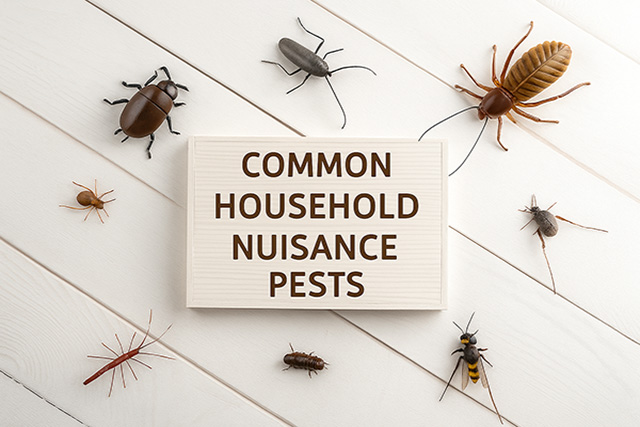In daily home life, few things are more frustrating than nuisance pests—those that don’t pose a direct health threat, yet frequently appear and disrupt your sense of order. These intruders reproduce quickly and in large numbers. Once they invade your space, they can cause serious discomfort. In this article, we introduce 10 of the most common nuisance pests to help you keep your home pest-free and comfortable.
10 Common Nuisance Pests and Their Habits
1. Cockroaches
- Types: German cockroach, American cockroach, Australian cockroach
- Habits: Prefer warm, humid, and dark environments. Nocturnal insects that hide in cracks during the day. Omnivorous and highly reproductive, they feed on almost anything—leftovers, paper, plastic, etc.
- Common Locations: Kitchens, bathrooms, under sinks, behind refrigerators

2. Ants
- Types: Pharaoh ant, ghost ant, crazy ant, black carpenter ant
- Habits: Attracted to sweet and greasy foods. Ants operate in well-organized colonies with strong memory for scent trails. Once food is found, they release pheromones to lead the colony to the source.
- Common Locations: Kitchen countertops, food cabinets, wall cracks
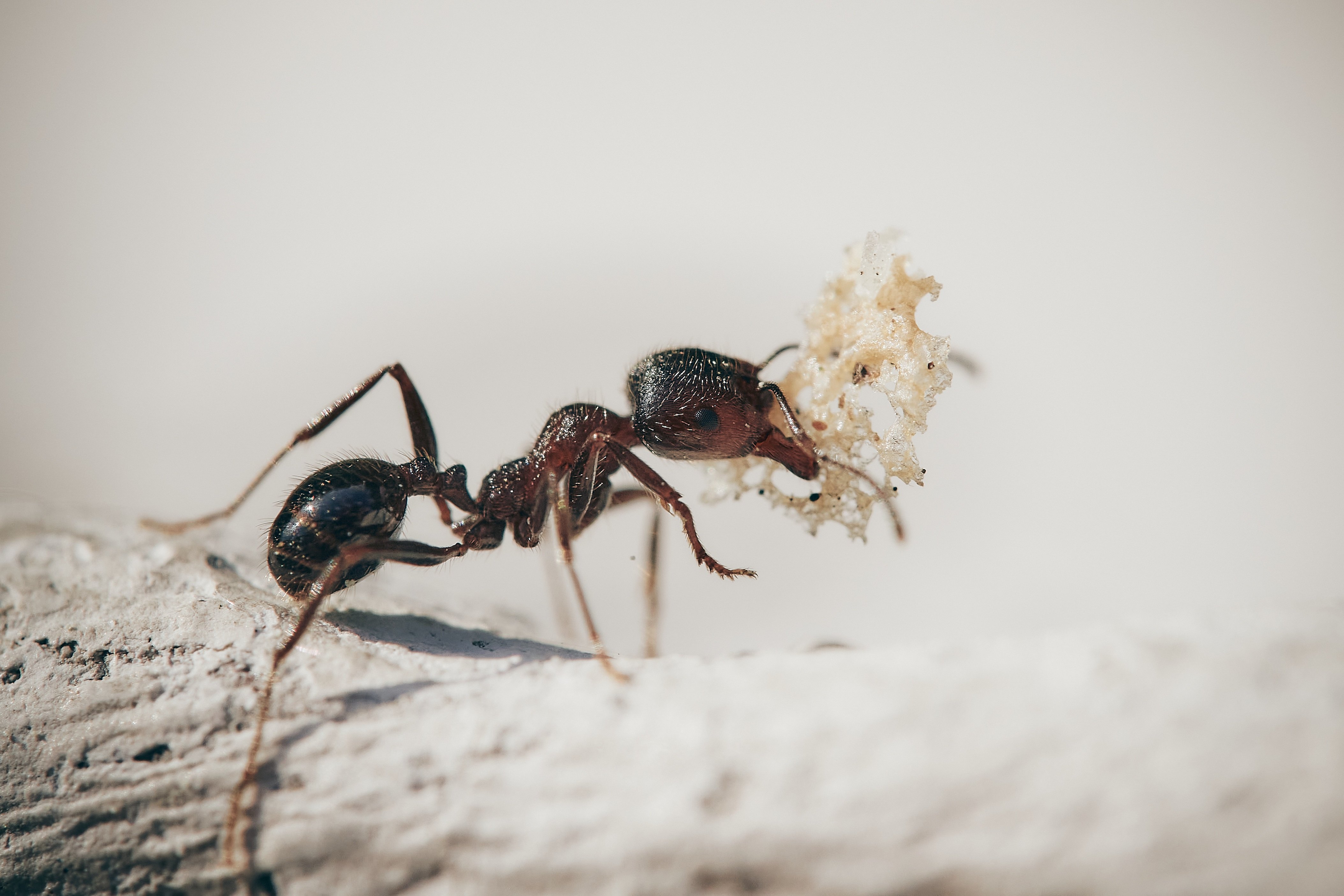
3. Termites
- Habits: Thrive in dark, damp areas. Feed on wood, paper, and fabric. Their activity is usually hidden and often only discovered after internal damage is done. Swarming adults appear in spring and summer to reproduce.
- Common Locations: Wooden furniture, under flooring, inside walls, balcony planters, cardboard storage areas
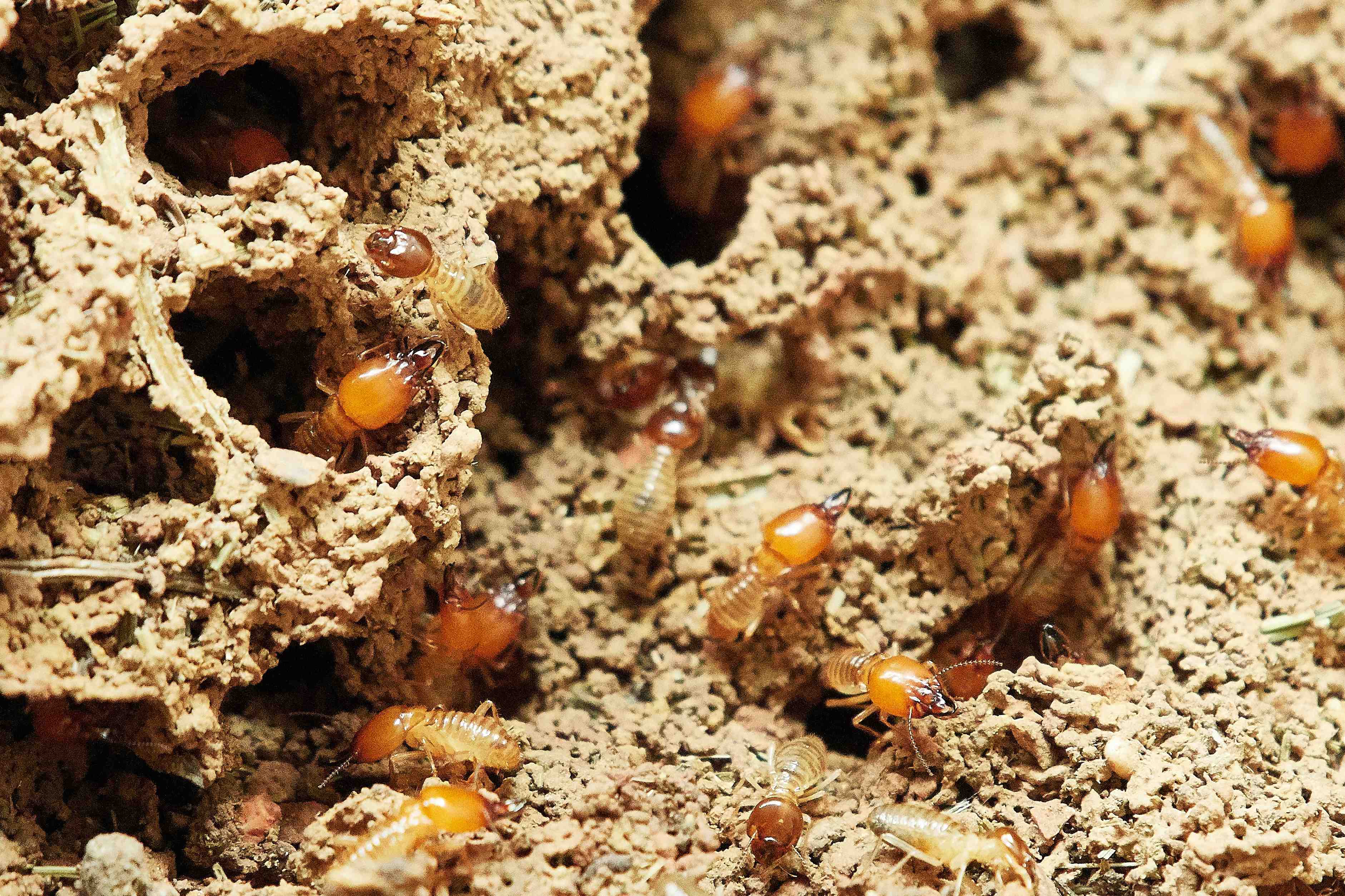
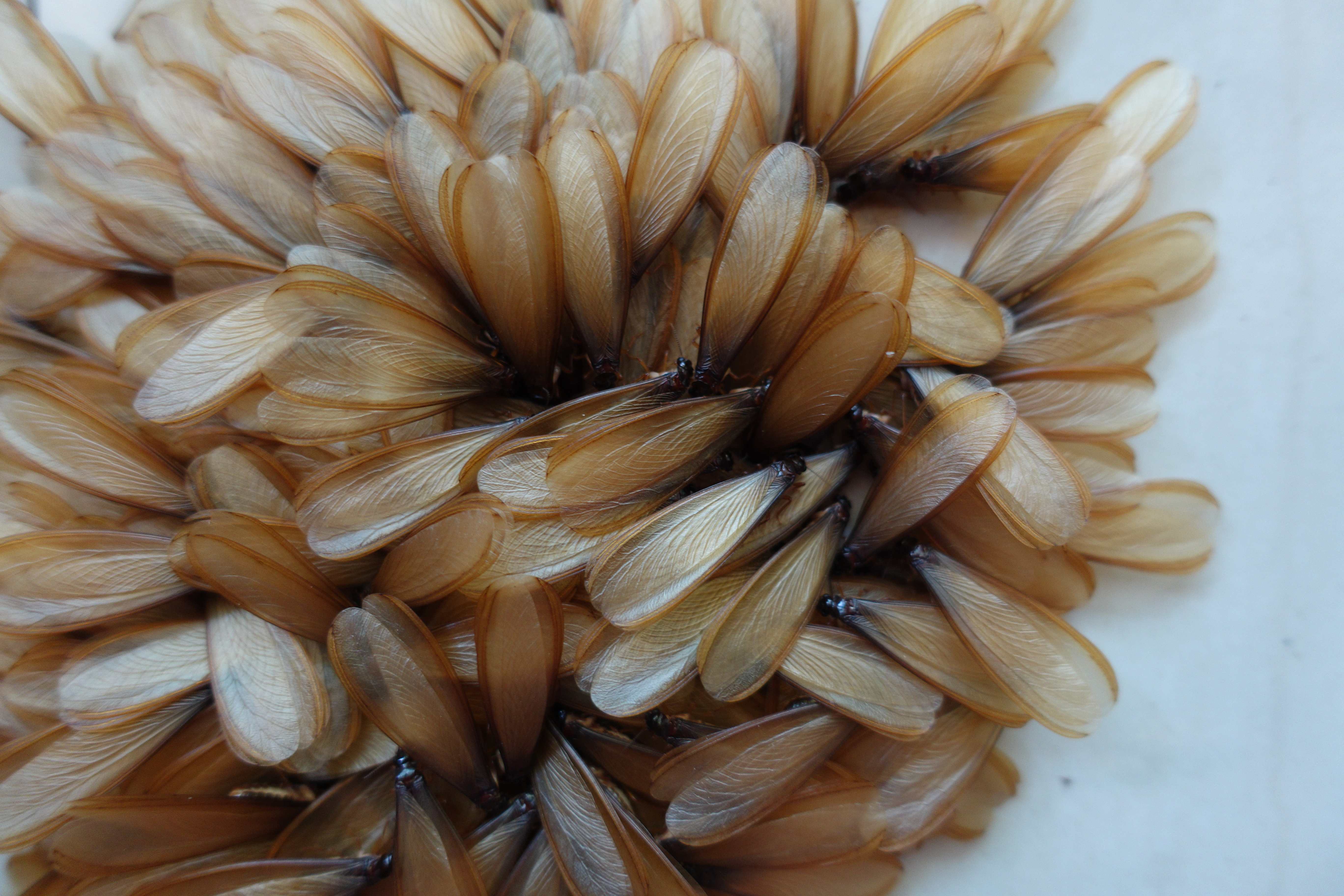
4. Drain Flies (Moth Flies)
- Habits: Prefer moist, decaying organic matter. Breed inside drains where larvae feed on sludge. Adults are weak fliers, active mainly at night, and are attracted to light.
- Common Locations: Bathrooms, toilet drains, pipe openings
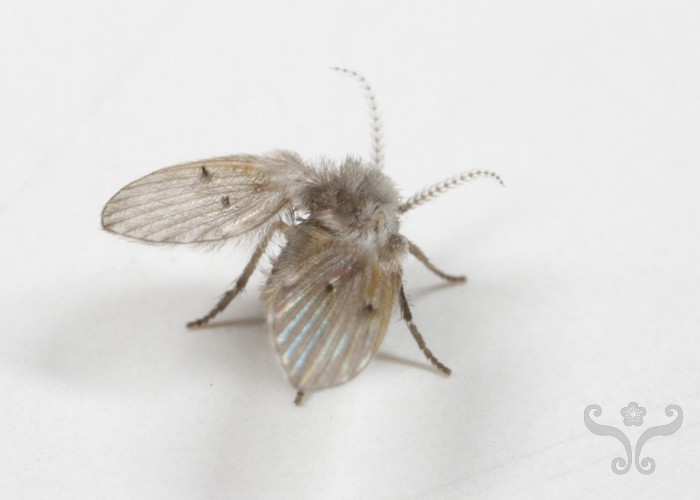
Image Source: NMNS Taiwan
5. Fruit Flies
- Habits: Attracted to the scent of fermenting or rotting food—especially fruits, vegetables, peels, and alcohol. Reproduce rapidly with a life cycle of just 7–10 days from egg to adult. Breed in drains, trash cans, and food waste bins.
- Common Locations: Kitchen sinks and drains, fruit baskets, trash bins, compost bins
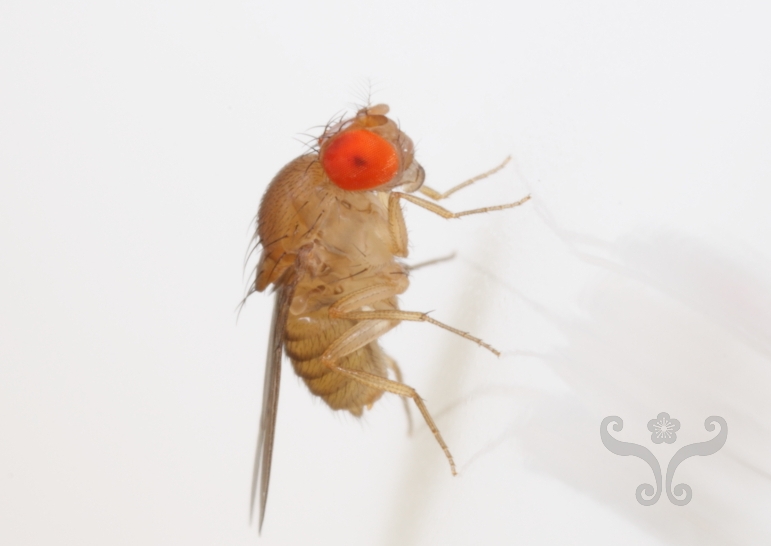
Image Source: NMNS Taiwan
6. Dust Mites
- Habits: Microscopic (0.2–0.3 mm), thrive in warm, humid conditions (20–30°C and >70% humidity). Feed on dead skin flakes from humans and animals. Their waste and remains are common allergens, potentially causing allergic rhinitis, asthma, and eczema.
- Common Locations: Mattresses, pillows, quilts, fabric sofas, stuffed animals, pet beds, and other unwashed textiles
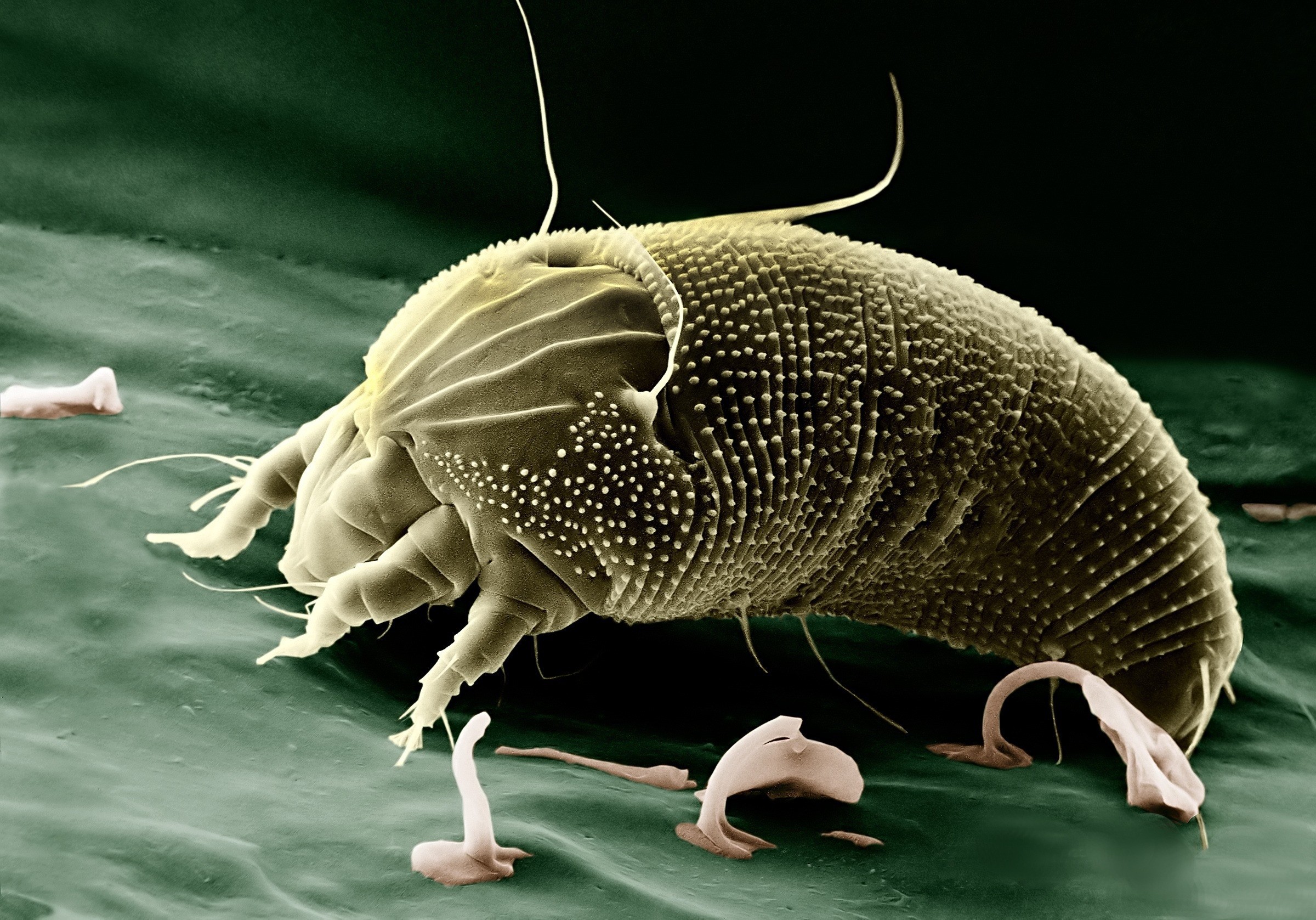
7. Silverfish
- Habits: Also known as booklice, have elongated silver-gray or light brown bodies that move with fish-like motion. Prefer dark, warm, damp, and quiet areas. Feed on starch, sugars, and cellulose—such as books, paper, clothing, wallpaper, glue, etc.
- Common Locations: Bookshelves, wardrobes, floor crevices, wall cracks, cardboard storage areas
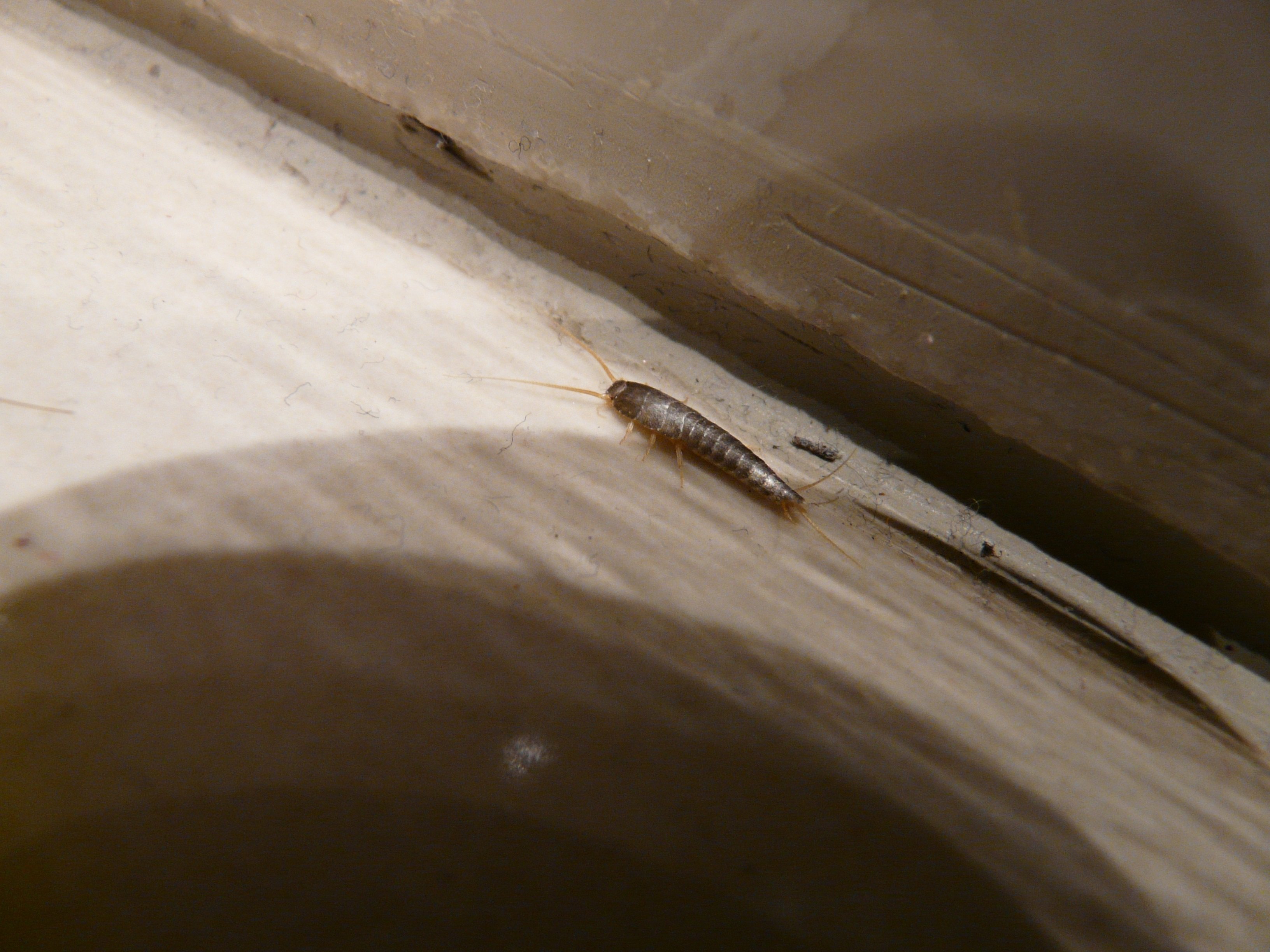
8. Clothes Moths
- Types: Webbing clothes moth, case-bearing clothes moth, bagworm moth
- Habits: Prefer dark, humid, and poorly ventilated environments. Larvae (caterpillar-like) feed on animal fibers such as wool, silk, leather, and down feathers by digesting keratin. Adults do not damage clothing—the harm is caused by larvae.
- Common Locations: Wardrobes, rarely worn clothes, sofa crevices, inside quilts and pillows

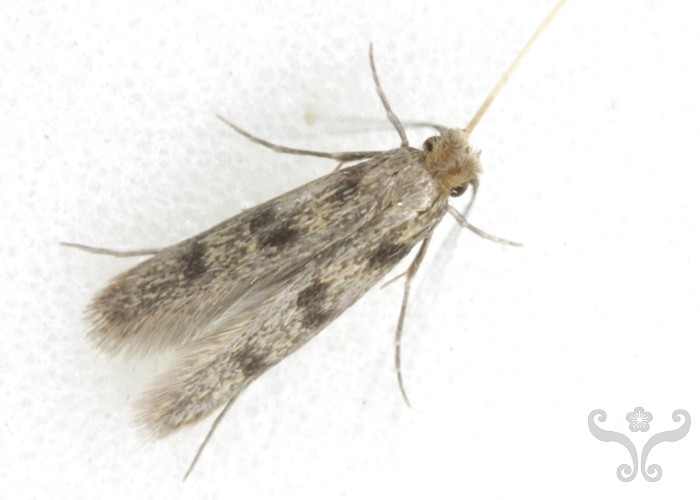
Image Source: NMNS Taiwan
9. Booklice/span>
- Habits: Also called psocids, are tiny (about 1 mm), pale yellow or translucent. Prefer warm, humid, dark, and poorly ventilated areas. Feed on mold, algae, and glue or starch on paper. Do not bite or suck blood, but large numbers can be a nuisance.
- Common Locations: Bookshelves, cardboard boxes, wall cracks, damp areas
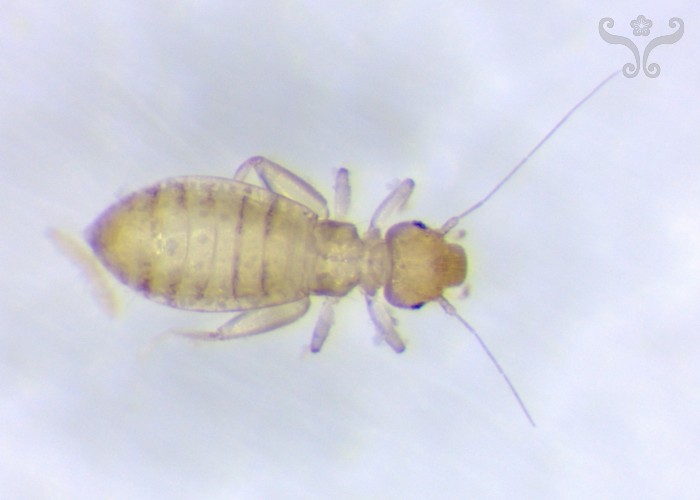
Image Source: NMNS Taiwan
10. Cigarette Beetles
- Habits: Also known as sawtoothed grain beetle or tobacco beetle. Small (2–3 mm), reddish-brown with serrated antennae. Favor dark, warm, humid environments. Both larvae and adults chew on dry foods—especially grains, powders, herbs, and spices. Can chew through paper, plastic, and foil packaging.
- Common Locations: Kitchen cabinets, medicine storage, pet food containers, dried herbs, dried flowers
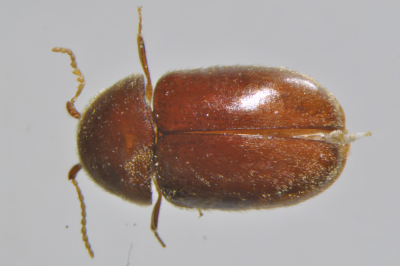
Image Source: Dr. Mei-Chi Yao, Taiwan Agricultural Research Institute – Council of Agriculture
Pest Control Tips
- Keep your environment dry and clean
- Store food in sealed containers
- Install window screens and seal cracks
- Regularly use eco-friendly or physical pest control products
- Consult a professional pest control service when necessary
Nuisance pests are everywhere, and daily cleaning and sealing your home are the first and most essential steps. Take preventive action early to stop these “annoying little creatures” from making themselves at home.

